Nursery stage requires near-constant feeding, grading, cleaning and aeration
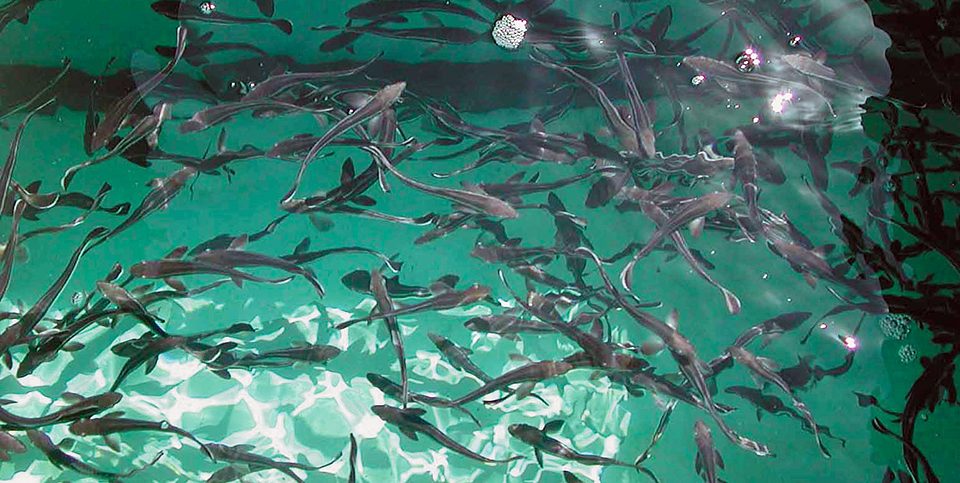
Successful weaning of marine fish larvae from live feeds onto dry diets is a demanding process that requires hard work, patience and experience.
Biotic and abiotic factors determine when weaning should occur in marine fish. Biotic factors are inherent, species-specific characteristics like metabolic rates, growth, and development (e.g., the presence of certain pigments, hormones, and/or digestive enzymes that confer the ability to properly ingest, assimilate, digest, and metabolize the nutrients contained in dry feed).
Abiotic factors important in the weaning process are temperature, salinity, pH, dissolved oxygen and ammonia levels, and other water quality parameters such as the presence of sulfur and metals. Water quality, and dissolved oxygen levels in particular, is of paramount importance.
Complex transition
The switchover from live feeds such as rotifers, artemia, and copepods to inert, dry starting diets is a complex physiological process that is inexorably associated with a critical period of mortality in marine fish larvae and postlarvae. Mortalities are often observed during the weaning period because postlarval and early fingerling fish are most susceptible to disease outbreaks during these stages.
Timing important
Early weaning (starting with feed particles of less than 500µ) is possible with certain species of marine fish, especially temperate species with slow rates of growth and development. But in general, early weaning requires substantial scientific knowledge of enzymatic activity in the larval gut. This information is not yet available for many commercial species.
For tropical and subtropical species with fast rates of growth and development – such as mahimahi or dolphin fish, yellowtail amberjack, cobia, and tuna – the period when live feeds are used should be extended before introducing dry feeds.
Cannibalism is reduced and survival rates increase by supplying large amounts of live feeds (enriched artemia and wild zooplankton) when raising tropical marine fish species. In some cases, weaning can take 7 to 14 days, during which it is important to overlap live feeds (artemia and zooplankton) with the inert starter diets. Any abrupt change will have drastic consequences for survival.
Starter diets
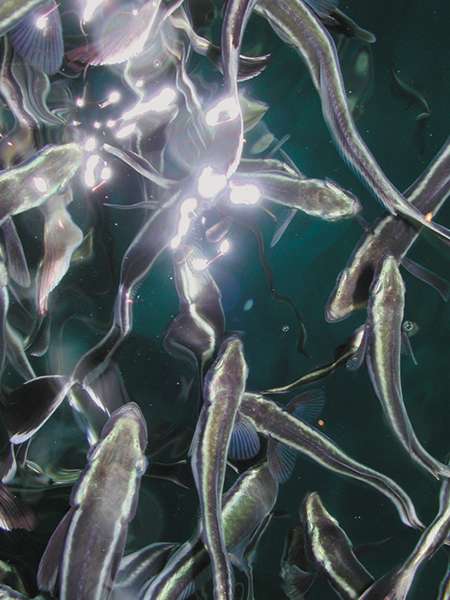
During weaning and early nursery stages (2 to 5 weeks after hatching, depending on the species), late larvae, postlarvae, and fingerlings should be fed commercial, high-quality marine fish starter diets (e.g., Nippai, BioKyowa, Nutreco marine fish starters, NRD/Lansy, or Progression).
Some semi-moist and even liquid feeds of high quality are also commercially available, but when these diets are used during the early stages of weaning, rearing water can become cloudy and water quality tends to quickly deteriorate. Even though semimoist and liquid diets are suitable for filter-feeder organisms such as crustaceans and mollusks, they are not recommended for most marine fish during the early stages of weaning.
Feed application
Determining feeding frequency and quantity is not easy. The application of too much feed results in water cloudiness and the accumulation of uneaten feed on tank bottoms, which can lead to water quality problems, stress, and disease outbreaks. Insufficient feed increases cannibalism and causes stress that also leads to disease outbreaks.
Species, quantity, and developmental stage of the larvae or postlarvae; tank volume; water temperature; and flow rate are only a few factors that must be taken into consideration in determining the correct ration. Manufacturers’ recommendations are very useful, but on-site technical staff must make reasonable adjustments as needed, because the optimum amount and frequency of feed application can vary significantly.
Maintain water quality
When using artificial diets, flow-through water systems and continuous, moderate to vigorous aeration should be used to maintain water quality and keep feed particles in suspension. Water exchange should be at least 100 percent a day and ideally 300-500 percent. Tank bottoms must be siphoned daily to avoid the accumulation of uneaten feed and feces. If a surface skimmer is not used, the water surface should be skimmed daily or as needed.
Postweaning diets
After weaning is completed, fingerlings are usually fed a variety of commercial dry and semimoist feeds, generally following the manufacturers’ specifications with adjustments as needed. Semimoist salmon/trout starters and extruded dry crumbles or pellets specifically formulated for marine fish with high-quality animal protein and low fat content can also be used.
During this period, fingerlings are graded by size and transferred to nursery tanks with flow-through or recirculating seawater and constant aeration. Fingerlings and juveniles are then fed extruded dry and/or semimoist commercial pellets containing less than 50 percent crude protein and more than 10 percent crude fat.
Typical protocol
A typical feeding protocol for the nursery stage would consist of high-quality extruded marine fish crumbles or semimoist pellets of the following approximate sizes: 0.4, 0.8, 1.2, 1.6 and 3.2 mm. Some manufacturers number their diets according to the particle size. For example, 1-mm particles are called #1, 2-mm particles are #2, and so forth.
Fingerlings must be fed 6 to 10 times per day to satiation levels, which could range 10 to 50 percent of body weight, depending on the stage of development. The feeding frequency and amount are reduced as fish grow from fingerlings into juveniles and adults.
Quality feed
Little or no waste is observed when using high-quality feeds. Good-quality feeds have excellent attractants and are readily consumed by post-larvae and fingerlings. Such feeds are more expensive, but may be required to maintain water quality and meet the higher nutritional requirements of some species. Because of the small size of the larvae, however, relatively small amounts of feed are required.
Diseases
During the weaning stage, postlarvae and fingerlings are extremely vulnerable to diseases. Massive mortalities commonly observed at this stage are often related to parasitic, bacterial, or viral infections. Fish should be carefully monitored to detect early signs of a disease outbreak (erratic swimming, lack of appetite, inanition, skin or fin lesions, etc.), with treatment initiated if needed. It is advisable to maintain qualified veterinary assistance on call during these critical periods.
Since fingerlings grow exponentially – with some species growing over 10 percent of their body weight/day – high-quality feed and optimal water quality are of paramount importance. Dissolved oxygen must be kept at or above saturation levels to avoid what is known as “respiratory distress.”
This condition relates to a developmental stage at metamorphosis in which the larvae may be too large to perform cutaneous respiration, yet their secondary lamellae – where gas exchange takes place – are not fully formed. This constraint makes it difficult for the animals to extract enough oxygen from the water. Supersaturation of oxygen at this stage helps increase respiration through diffusion by increasing the partial pressure of oxygen differential gradient between the rearing water and larval tissues.
Conclusion
The ideal protocol for the nursery stage of marine fish includes 6 to 10 feedings per day of high-quality feed, periodic size grading of fingerlings, daily tank cleaning, dissolved oxygen at or above saturation levels, constant water circulation with high daily exchange rates, and constant aeration provided by air stones and air lifts.
Water circulation and aeration should combine to create a current that induces fingerlings to swim constantly at moderate speeds. Research has shown that increased exercise decreases cannibalism and enhances growth.
(Editor’s Note: This article was originally published in the August 2002 print edition of the Global Aquaculture Advocate.)
Now that you've reached the end of the article ...
… please consider supporting GSA’s mission to advance responsible seafood practices through education, advocacy and third-party assurances. The Advocate aims to document the evolution of responsible seafood practices and share the expansive knowledge of our vast network of contributors.
By becoming a Global Seafood Alliance member, you’re ensuring that all of the pre-competitive work we do through member benefits, resources and events can continue. Individual membership costs just $50 a year.
Not a GSA member? Join us.
Author
-
Daniel D. Benetti, Ph.D.
Associate Professor, Director
Aquaculture Program
University of Miami
Rosenstiel School of Marine and Atmospheric Science
4600 Rickenbacker Causeway
Miami, Florida 33149 USA[117,100,101,46,105,109,97,105,109,46,115,97,109,115,114,64,105,116,116,101,110,101,98,100]
Tagged With
Related Posts
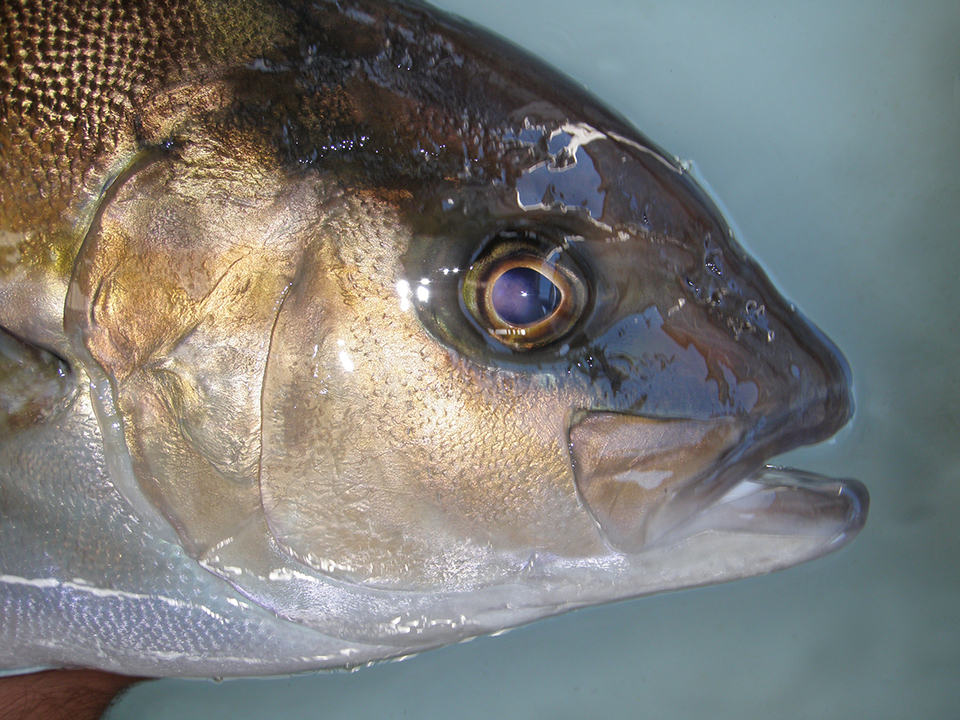
Health & Welfare
Advances in yellowtail larval rearing
The University of the Canary Islands in Spain is researching yellowtail broodstock management and larval rearing to promote aquaculture diversification in Europe.
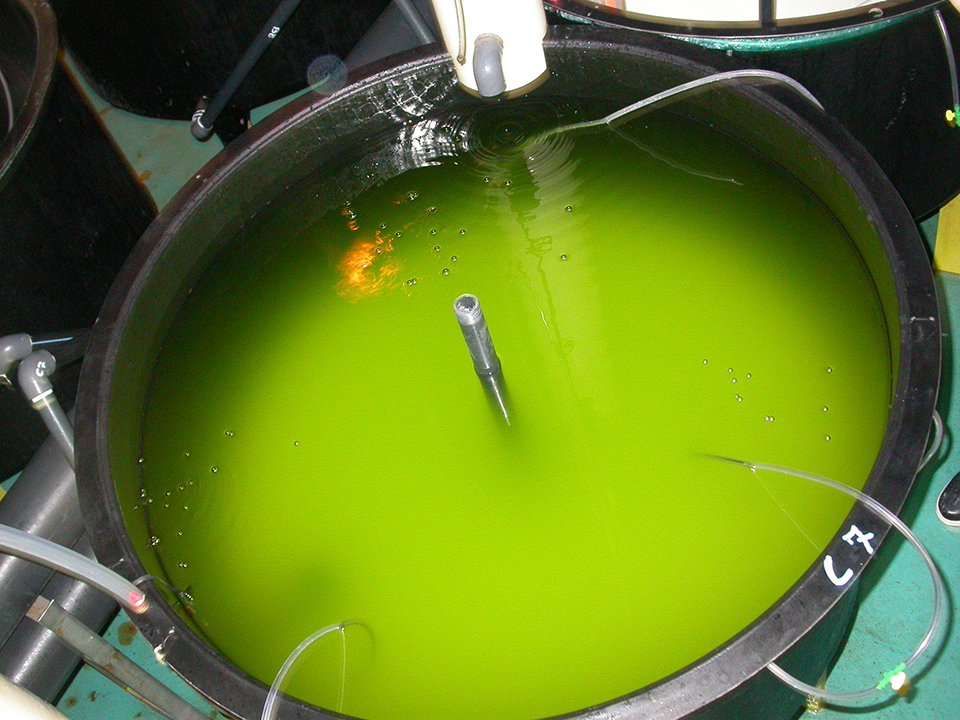
Health & Welfare
Algae alternatives serve in larval rearing of sea bream
Sea bream fry are produced using the greenwater technique in which microalgae are added to larval-rearing tanks during the first 20 to 30 days after hatching.
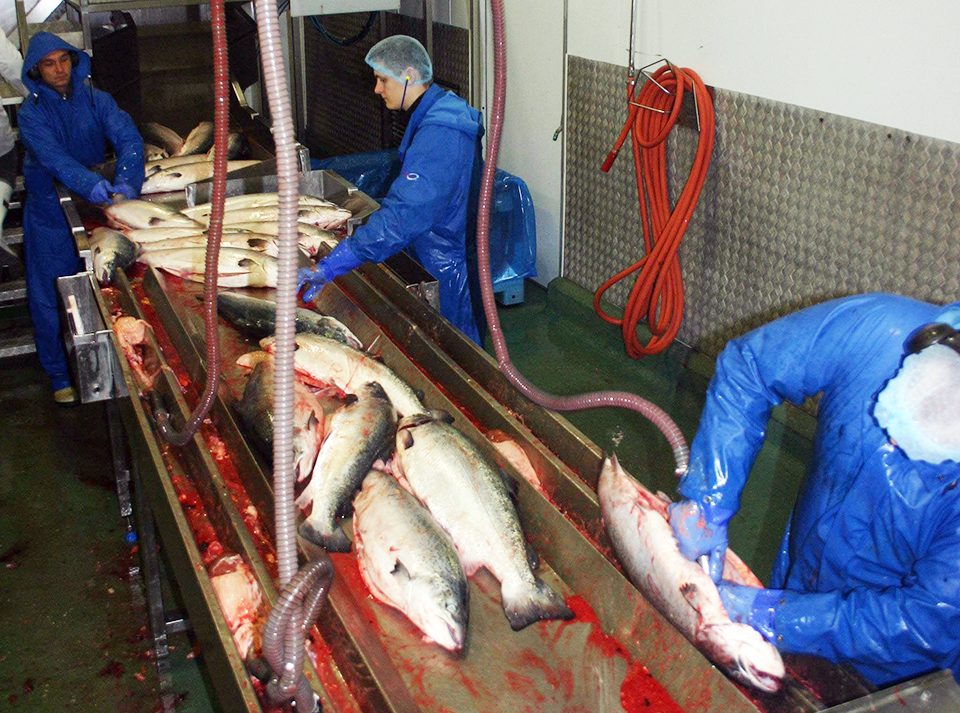
Responsibility
Aquaculture byproducts improve sustainability of seafood value chains
Tons of aquaculture byproducts are available as sources for fishmeal and fish oil to supplement the supplies obtained from fisheries. Innovative technologies are supporting more efficient use of these by-products in aquafeed.
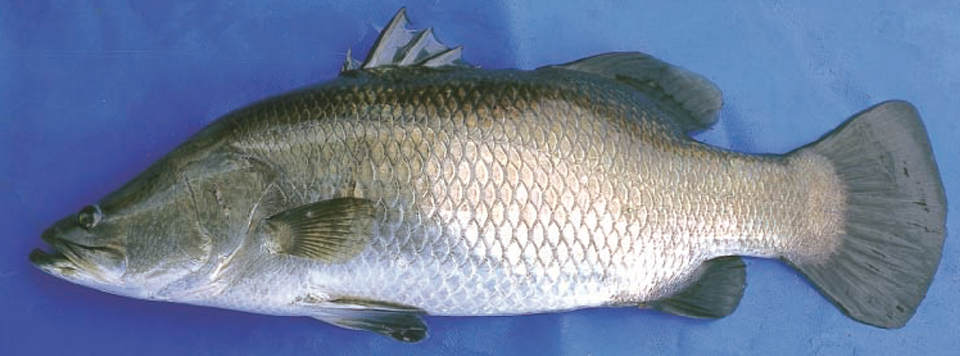
Intelligence
Barramundi culture in Australia
From recirculation units, earthen ponds and sea pens in Australia, barramundi are spreading to other continents due to the advent of sophisticated modular culture systems.


